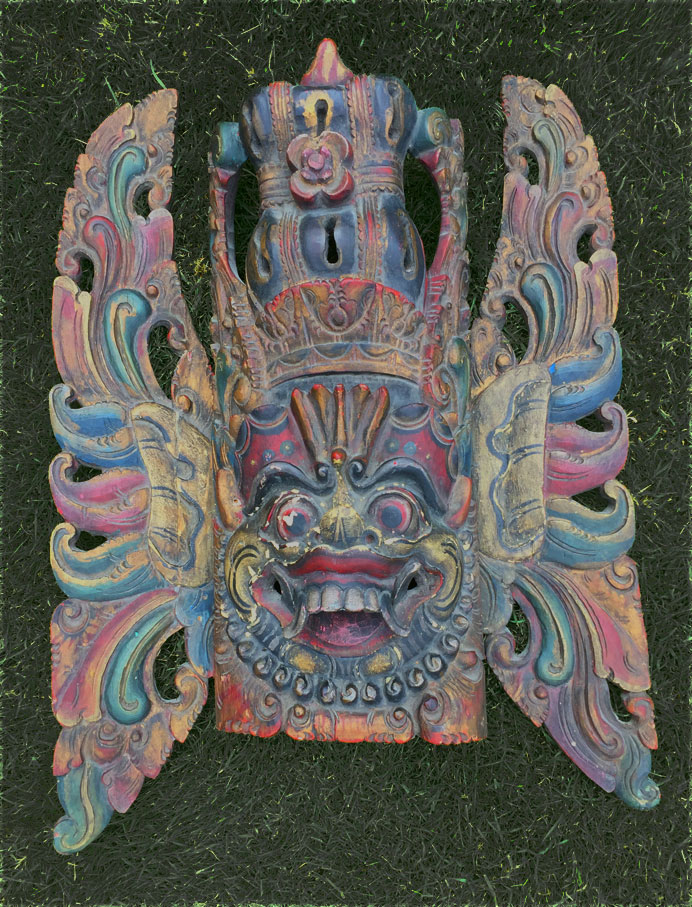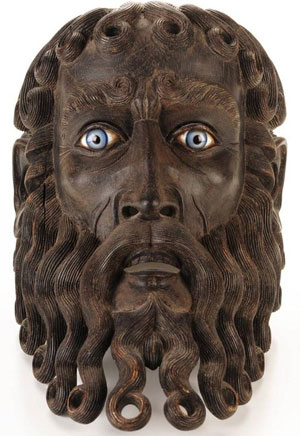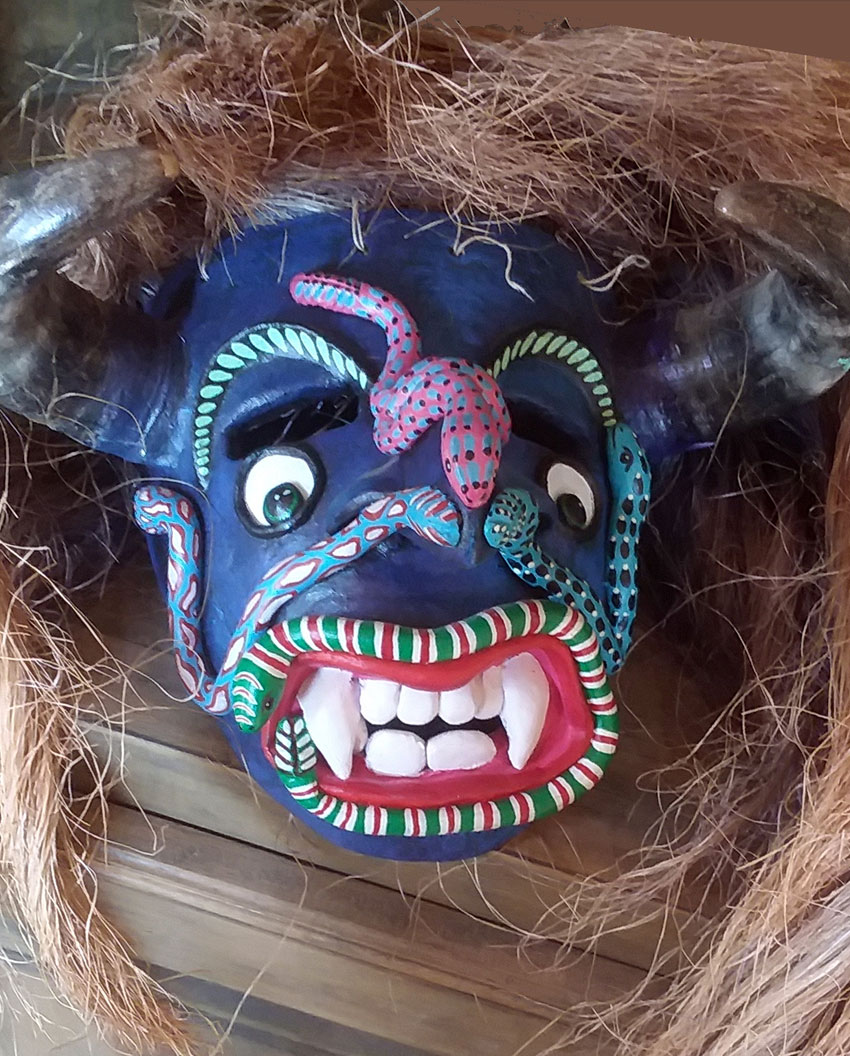 Every mask collector wants one of these because all the other ones used in Africa are worn by men only. An old, used one like this would cost way more than most people could afford, but you can find reproductions that look better from galleries and the internet at a fraction of what this authentic artifact would cost. (Thrift shop and yard sales don’t work anymore.)
Every mask collector wants one of these because all the other ones used in Africa are worn by men only. An old, used one like this would cost way more than most people could afford, but you can find reproductions that look better from galleries and the internet at a fraction of what this authentic artifact would cost. (Thrift shop and yard sales don’t work anymore.)
Additional Information from AfricaDirect.com: Though many works of art have come out of the Guinea Coast region of West Africa few have as much prominence as the masks worn by the women of the Sande society of Liberia, Guinea and Sierra Leone. Membership in Sande is exclusively reserved for women for it is the Sande society that initiates young girls into adult status assuring that the girls are instructed in their duties to come as wives and responsible adult members of their village. Sande continues to play a prominent role in women’s lives today among the Mende, Temne ,Vai, Bassa, Sherbro, Gola and other peoples of the region. The authority of Sande derives its power and influence from ‘hale’, the magic that women control and which resides in the Sowei mask.
The authority of Sande and its protection of the young girls as they go through their initiations and as they are instructed in the secrets of Sande is known through the masks worn by senior women members and leaders of the local chapter. The masks known as Sowei are embodiments of ideal beauty and the precepts and ideals held by Sande. The care and attention so obvious in this mask given to details of hair, features of the face and the skill of carving the head and side faces attest to the aesthetic dimension so important in Sande and it’s masks. Though carved by a male sculptor, the Sowei mask is the only mask danced by women in West Africa. This is a ‘helmet mask’ worn over the head with a dark costume attached to the small holes at the bottom of the mask, which completely covers the dancer as she whirls and dances with quick steps showing the spirit and power of Sande. The dramatic carving and the prominent forms of the mask reflect the Mende or Vai artist’s ability to give shape to the principles and aesthetic ideals of the women’s Sande Society, in this instance. A





